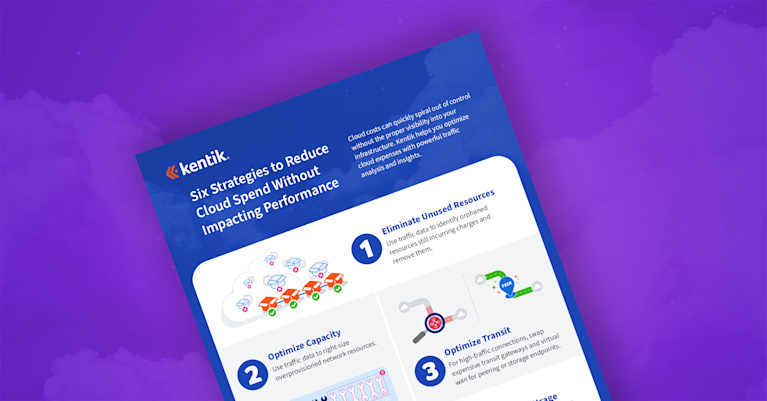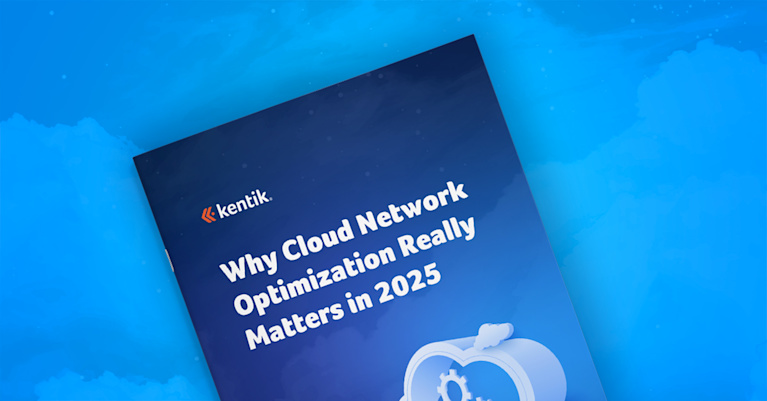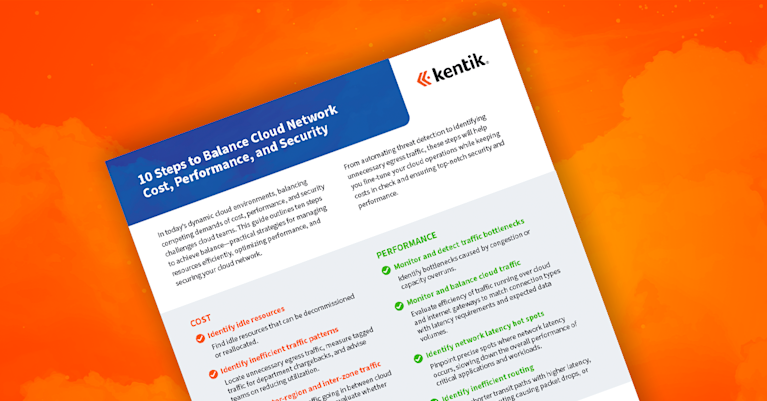The Cloud Conundrum: Optimizing Without Compromise

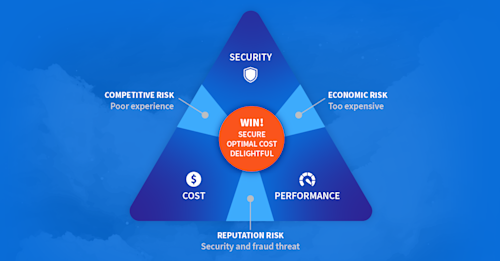
Summary
Balancing cost, performance, and security in cloud infrastructure is challenging, but cloud-mature companies are proving it’s possible to optimize without compromise — here’s how they do it.
Cloud technologies have revolutionized the way companies operate, innovate, and grow. Today, cloud computing serves as the backbone of digital strategy, allowing businesses to scale efficiently and stay competitive. But with this rapid growth in cloud utilization comes the challenge of optimizing cloud infrastructure and operations without making trade-offs between cost, performance, and security.
In this post, we’ll explore the challenges organizations face when balancing these three priorities, why trade-offs are common, and how cloud-mature companies solve these problems. We’ll also examine the benefits of using network observability to optimize without compromise.
Cloud adoption: Growth and complexity
Cloud utilization continues to soar, with enterprise spending on cloud infrastructure at an all-time high of $79 billion worldwide in Q2 2024 and growing 20% or more year-over-year.1 Large enterprises, which continue to accelerate cloud adoption, aim to have roughly 60% of their IT environments in the cloud by 2025.2 About half of enterprises use on-premises data centers alongside cloud, but three-quarters use two or more cloud vendors.3
While the benefits of cloud infrastructure are undeniable, so too are the complexities, especially for companies using multi-cloud and hybrid environments. Each provider has unique pricing structures, service offerings, architectural best practices, and security measures, making it difficult for organizations to consistently manage, monitor, and optimize all aspects.
The cloud maturity spectrum
Organizations sit on a spectrum of cloud maturity. Each stage comes with its own set of challenges and focuses, but as companies grow in cloud maturity, they become more focused on optimizing infrastructure versus operationalizing cloud or reactively firefighting issues.
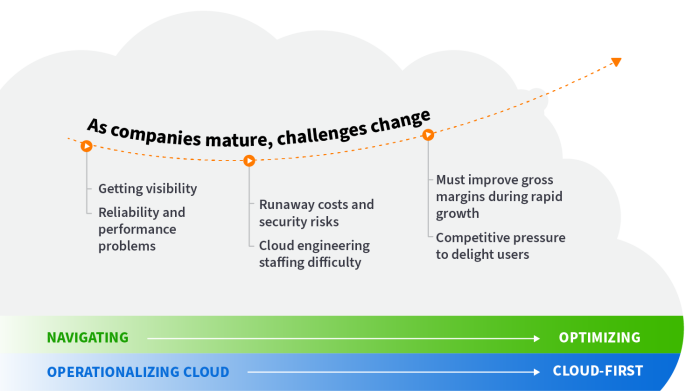
At the far left of the spectrum, organizations are navigating the cloud. They may limit cloud usage to simple storage solutions or basic workloads such as application frontends. At this stage, optimization isn’t a primary focus—getting up and running is.
In the middle of the spectrum, companies have started using the cloud for more diverse workloads, with a variety of teams deploying to different service providers and developing more complex cloud architectures. They will begin to notice inefficiencies in cloud spending and may experience performance issues, but may not yet have the tools or expertise to address them comprehensively.
At the far right of the spectrum, cloud-mature organizations are architected to utilize cloud for mission-critical operations. They use very large-scale, multi-cloud, or hybrid-cloud environments, and face continuous challenges in their mission to delight users while improving gross margins and maximizing profits. For medium and high-maturity companies, constantly fine-tuning cloud infrastructure and operations is central to business success.
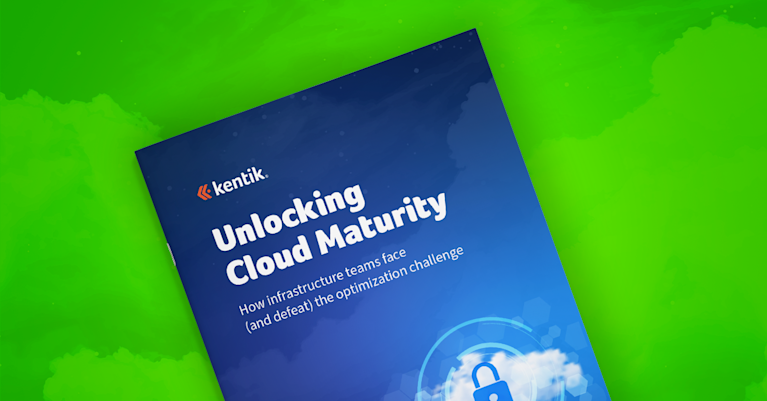
How cloud-mature companies optimize
Cloud-mature organizations have little room for inefficiency. They must strike the right balance between cost control, performance, and security. These three pillars form the foundation of their cloud strategy:
- Cost efficiency: In large-scale and multi-cloud environments, costs can quickly spiral out of control, while efficiencies hide in plain sight. Cloud-mature organizations must keep spending in check, but avoid cuts that harm performance or weaken security.
- Performance optimization: Poor performance—such as latency and slow page loads— directly impact user experience and business outcomes. Driving continuous improvement in cloud performance is crucial for companies that rely on seamless digital services.
- Security: As enterprises continue to expand cloud surface area and utilize new commodity and managed cloud services, security vulnerabilities increase. These organizations need to keep cloud networks secure from data breaches and compliance risks while balancing performance and costs.
The challenge lies in optimizing all three without compromise. More often than not, organizations end up making difficult trade-offs.
The trade-offs between cost, performance, and security
Balancing optimization of cost, performance, and security can feel like walking a tightrope. Companies often face the following trade-offs:
1. Cost vs. performance
In an effort to reduce costs, organizations might scale back resources—such as choosing cheaper storage options or smaller instances. While this approach can save money, it can also lead to performance issues like slower processing speeds or higher latency.
The impact: Reduced performance hurts customer satisfaction, increases abandonment rates, and causes long-term revenue loss. This directly impacts a company’s bottom line.
2. Performance vs. security
Many companies prioritize performance and feature velocity by taking a continuous, agile approach to software development. However, these decisions can leave security as an afterthought, making systems more vulnerable. Alternatively, placing too much emphasis on security can result in slower growth and cumbersome, layered protocols that slow down network performance.
The impact: Sacrificing security for speed can lead to data breaches, non-compliance, and reputational damage, while over-prioritizing security can degrade user experiences, resulting in frustrated customers.
3. Cost vs. security
Organizations trying to rein in cloud spending may fail to comply with security best practices, believing them to be overbuilt or overemphasized. This decision can leave gaps in cloud defenses, exposing sensitive data to security threats.
The impact: Skimping on security may improve margins in the short term, but it can backfire in costly breaches, fines for non-compliance, and long-term reputational damage.
The solution: Cloud optimization without compromise
The secret to achieving the right balance between cost, performance, and security lies in identifying realistic opportunities to positively impact one or more priorities without detracting from another. Some optimization opportunities are easier to implement than others, measured in either dollars or engineering hours, but virtually all of them require improving observability. A 2024 Gartner report notes that, “For many enterprises, increasing costs associated with storing and analyzing observability data offsets the benefits they receive from it.”4 To realize real benefits, enterprise infrastructure teams must focus on the lowest effort, highest-yield optimization opportunities and identify the most cost-effective ways to capture value from the huge volume of telemetry available today.
Network optimization represents a critical, but commonly overlooked, opportunity to impact all three priorities—cost, performance, and security—without compromise. To optimize cloud networks, organizations need comprehensive visibility into cloud infrastructure that can quickly provide actionable insight into the traffic and metrics that impact each priority.
AI-powered network observability: A game changer
Kentik is trusted by leading organizations like Zoom, Box, and Booking.com to optimize cloud cost, performance, and security simultaneously. Here’s how Kentik’s network observability helps:
1. One platform for total visibility
Kentik’s AI-powered network observability platform provides unified visibility across all environments, across every public cloud account and on-premises data center. By centralizing traffic telemetry and performance metrics, organizations can holistically monitor their entire cloud ecosystem and spot inefficiencies, bottlenecks, and security vulnerabilities in real-time. No more piecing together data from different sources or relying on costly homegrown solutions.
2. Immediate answers
Cloud environments are complex, and when performance or security issues arise, they can be time-consuming to investigate, whether as part of an optimization project or a response to an incident. Kentik’s platform provides immediate, data-driven answers to network questions. This means faster resolutions, more rewarding optimizations, and smoother operations—all of which contribute to enhanced user experiences.
3. Cost insights that drive savings
Without proper oversight, cloud costs can quickly spiral out of control. Kentik enables companies to keep an eye on transit and other connectivity costs across large-scale environments and multiple cloud providers like AWS, Azure, Google Cloud, and OCI. With expert network-layer insight, organizations can identify cost-saving opportunities that don’t sacrifice performance or security and achieve measurable savings in weeks rather than months.
4. Simple, high-performance querying
Kentik’s user-friendly interface makes it easy for teams to get the insights they need from traffic flow data without the need to construct complex SQL queries. Natural language or GUI queries based on hundreds of data attributes enable fast querying and decision-making. Out-of-the-box visualization tools further simplify the process, allowing organizations to see results clearly and act quickly.
5. Automated network context
Unlike CSP-native monitoring tools and agnostic observability platforms, Kentik automatically enriches all telemetry with deep network context, turning IP addresses and obscure attributes into meaningful, human-readable internet, business, application, and security information. This gives organizations quick and actionable insights on how to optimize cost, performance, and security—without needing to build custom tooling or re-architect their infrastructure.
Conclusion: No more trade-offs
In the fast-paced world of cloud computing, organizations can no longer afford to compromise between cost, performance, and security. By partnering with Kentik to bring network optimization into your cloud operations strategy, you have the power to address all three simultaneously. Stop making tough trade-offs and leaving money on the table. Optimize cloud networks smarter, faster, and more securely with Kentik. Visit our Cloud Resources Hub to learn more.
